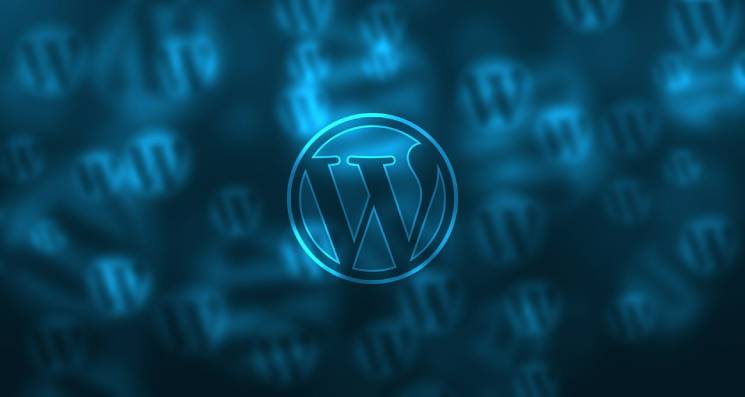WordPress powers a significant portion of the web, and for good reason. Its flexibility and ease of use make it a fantastic platform for blogs, business websites, and online stores. If you’re ready to dive in, here’s a simple guide on downloading and installing WordPress.
1. Choosing Your WordPress Version:
First, it’s important to understand there are two versions of WordPress:
- WordPress.com: A hosted platform where WordPress handles the technical aspects. This is a simpler option, but it has limitations in terms of customization.
- WordPress.org: The self-hosted version, which gives you complete control over your website. This is the version we’ll focus on in this guide.
2. Downloading WordPress:
To download the self-hosted version of WordPress:
- Visit the official WordPress.org website.
- Click the “Get WordPress” button.
- Click the “Download WordPress [latest version]” button.
- The WordPress ZIP file will download to your computer.
3. Preparing Your Hosting Environment:
Before installing WordPress, you’ll need a web hosting account and a domain name.
- Choose a Hosting Provider: Select a reputable hosting provider that supports WordPress. Many hosting companies offer one-click WordPress installation, which simplifies the process.
- Create a Database: Most hosting providers use cPanel or a similar control panel. You’ll need to create a MySQL database for your WordPress installation.
- Log in to your hosting control panel.
- Find the “MySQL Databases” or a similar option.
- Create a new database and note the database name, username, and password.
4. Uploading WordPress Files:
There are two main ways to upload the WordPress files to your hosting server:
- Using FTP (File Transfer Protocol):
- Use an FTP client (like FileZilla) to connect to your hosting server.
- Unzip the WordPress ZIP file on your computer.
- Upload the WordPress files to the “public_html” or root directory of your website.
- Using cPanel File Manager:
- Log in to your cPanel.
- Open the “File Manager.”
- Upload the WordPress ZIP file to the “public_html” or root directory.
- Once uploaded, extract the ZIP file in the file manager.
5. Running the WordPress Installation Script:
Once the files are uploaded, you can run the WordPress installation script:
- Open your web browser and navigate to your domain name.
- You’ll see the WordPress installation screen.
- Select your language and click “Continue.”
- You’ll be prompted to enter your database details.
- Enter the database name, username, password, and host (usually “localhost”).
- Click “Submit.”
- If the database connection is successful, click “Run the installation.”
6. Completing the Installation:
The final step is to provide your website information:
- Enter a site title.
- Enter a username and password for your WordPress admin account.
- Enter your email address.
- Click “Install WordPress.”
7. Logging In to Your WordPress Dashboard:
Once the installation is complete, you’ll see a success message.
- Click “Log In.”
- Enter your username and password.
- You’ll be redirected to your WordPress dashboard, where you can start customizing your website.
Simplified One-Click Installation:
Many hosting providers offer a one-click WordPress installation. This method automates the process and simplifies the setup.
- Log in to your hosting control panel.
- Find the “WordPress” or “Software Installation” section.
- Follow the on-screen instructions to install WordPress.
By following these steps, you’ll have WordPress up and running in no time. Whether you choose the manual or one-click installation, you’ll be well on your way to creating a successful website.

